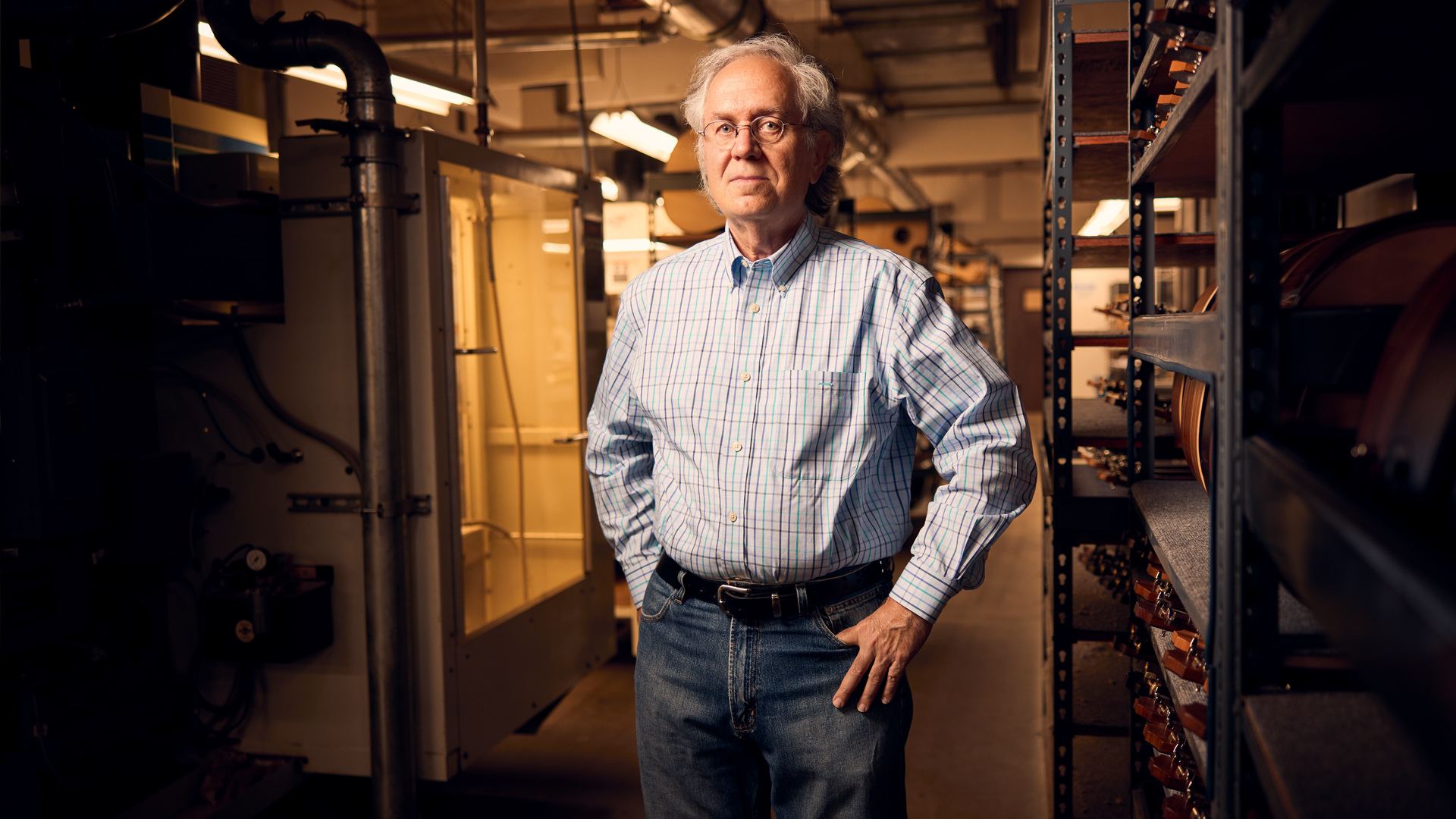What do you think of when you think of the Taylor guitar brand? A high-quality guitar? An easy-playing guitar? A modern acoustic guitar? An acoustic-electric guitar? All of the above?
I think a brand gets defined by where it finds success and acquires market share. Meaning that what the company produces that consumers adopt and it becomes known for defines the brand. And it’s difficult to expand or change that.
In our case, we started as a small guitar shop that did repair work and made acoustic guitars and some electric guitars, mainly Les Paul copies. Bob had started building his first guitars in high school, and he decided to pursue his life’s work in building acoustic guitars. We spent the first few years building a small number of guitars and improving our craft, while developing our first few acoustic guitar models as well as our model numbering scheme.
In our early years, dealers gave us feedback about the features guitar buyers were looking for, and we adopted them in order to sell guitars.
As we struggled through our early years, our dealers gave us feedback about the features guitar buyers were looking for, and we adopted them in order to sell guitars. Onboard pickups (Barcus-Berry, followed by Lloyd Baggs and then Fishman), cutaways, smaller-bodied and more balanced-sounding guitars, different neck widths. Those all derived from customer feedback. We didn’t set out to build acoustic-electric guitars; this is what the market told us was missing and needed, and we responded.
In terms of making easy-to-play, stable and adjustable guitars, that’s always been Bob’s goal. And Bob, working in partnership with Larry Breedlove and later Andy Powers, designed a more modern aesthetic for Taylor guitars. As our guitars became very popular and sold in high volume, they became defined by what we were making: a high-quality, modern acoustic-electric guitar. Can the Taylor brand mean more than that? We think the T5 fits the brand, and we think archtop acoustics, ukuleles and other acoustic instruments would fit the brand. These are all instruments we may make in the future, but don’t try to put them on a timeline!
What about electric guitars: solidbody electrics or hollowbody electrics? No. (We made this mistake 15 years ago when we offered solidbody electrics, not only because they didn’t fit the brand, but because they weren’t particularly inspiring as an electric guitar, though they were well made.) Acoustic guitar culture and electric guitar culture are very different. Players who own and love their Taylors would certainly be interested, and some would buy Taylor electrics. But our goal would be to develop a unique electric guitar that stands on its own and appeals to electric players, whether they play Taylor acoustics or not. Which means the guitar needs its own brand, its own styling and its own trade dress. Nothing from Taylor acoustic guitars can transfer over. Which is where we found ourselves more than a year ago.
We had gone down the path of refreshing the T5z (reintroduced in this issue), and Andy was developing “more electric” versions of the T5z, with the T5z as the design starting point. They retained the Taylor styling, Taylor peghead and Taylor name. After a meeting with Bob and Andy, I asked them if I could tell them what I thought without offending them. They said, “Of course,” and I told them I thought the guitar was well designed, well made and aesthetically pleasing, but it was just plain wrong. I said I thought it was offensive, and that most people don’t want a Taylor electric.
Without having to make it a Taylor guitar, Andy was truly free to build his ideal electric guitar.
Andy was relieved, because it wasn’t what he really wanted to build (Andy is a pro-level, highly discerning electric player). I suggested he build the electric guitar he really wanted, which in his mind didn’t exist yet. And it turns out that this is something Andy has been thinking about for 30 years, based on his experiences of studying, playing, building and repairing electric guitars. Without having to make it a Taylor guitar, he was truly free to build his ideal electric guitar.
He named it Powers Electric, and he’s had a blast trying different pickup winds and mixing different colors he loves. He invented (patent pending) a new tremolo tailpiece and a new style of gig bag. We’ve started placing early guitars with recording and performing influencers, and we’ve appointed our first small group of Powers Electric dealers here in the States.
We’re taking this very slowly, and enjoying the challenge. We have no sales projections yet for Powers Electric, as we don’t want ambition or planning to get ahead of creating organic demand based on players loving and adopting the guitar. In the long run, that’s what really counts. It’s possible to engineer the short-term sales success of a new guitar model by leveraging a brand, doing a ton of marketing, and aggressively leaning on dealers to stock the guitar, but longer-term success will only come if players are inspired by the guitar and it becomes one of their favorite guitars to pick up and play.
We’re having a lot of fun with this project, and so far, players have been wowed by the guitar. It’ll be in stores shortly.
